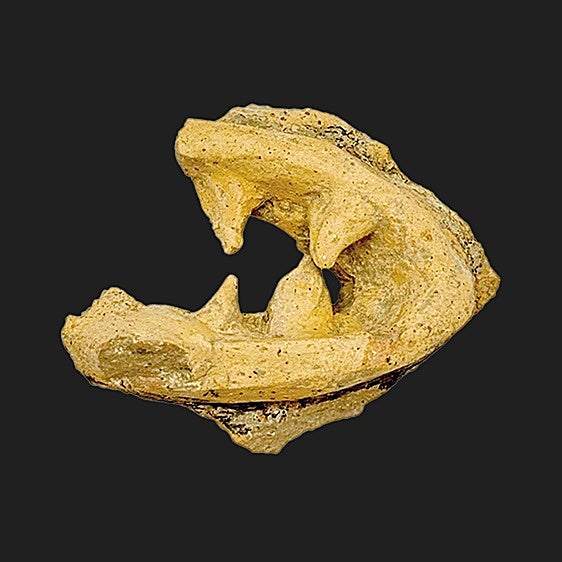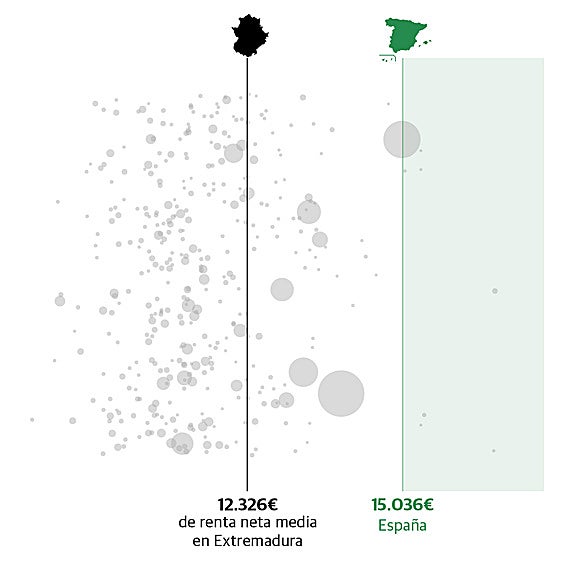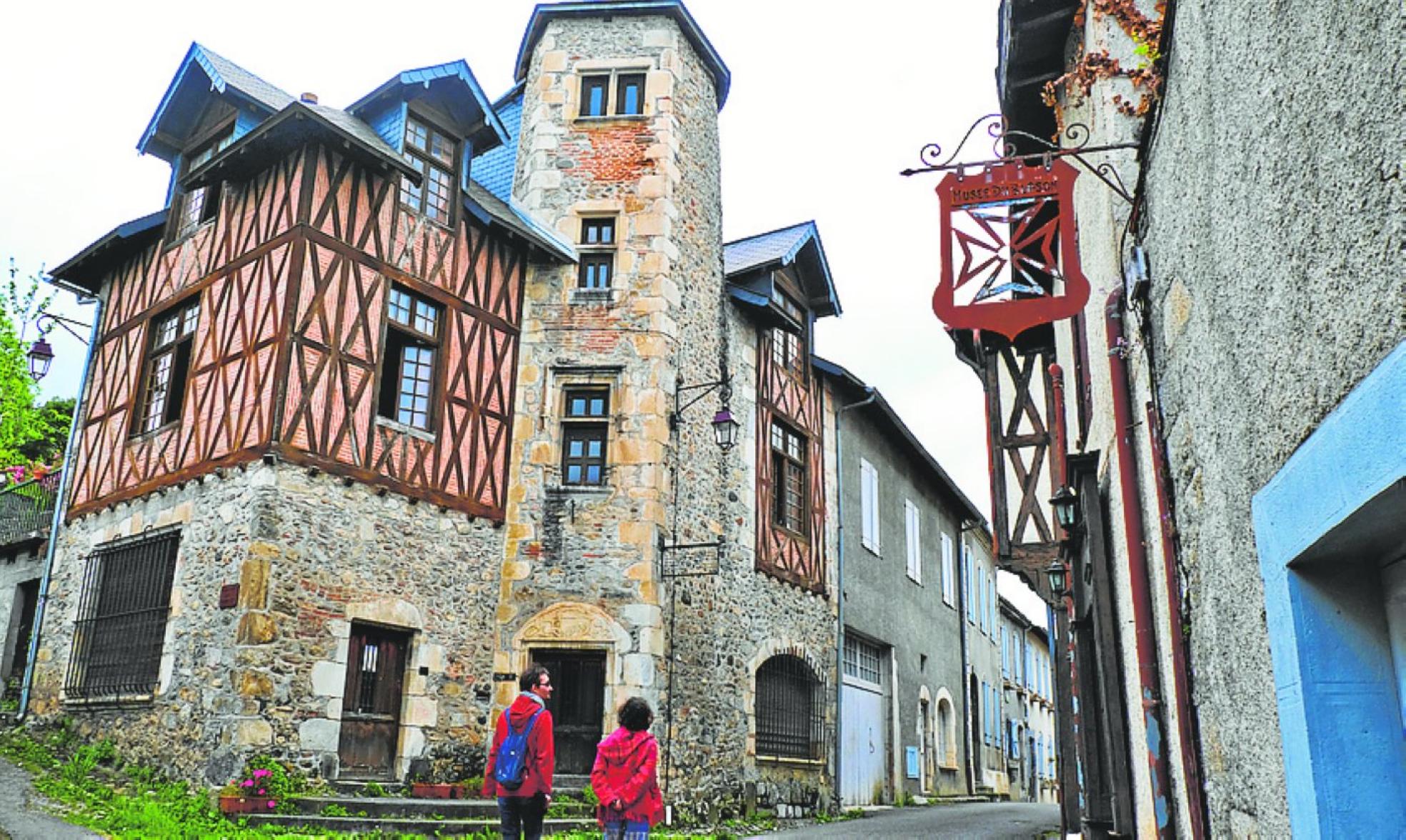Medieval essence in the heart of l'Occitane
Saint-Bertrand-de-Comminges ·
In France, the Haute Garonne area is home to one of tthe loveliest villages on the other side of the PyreneesPEDRO GRIFOL
Friday, 30 September 2022, 12:16
On both sides of La Garonne river, which starts in the Val d'Aran and crosses l'Occitane before flowing into the Atlantic, there are some small villages with interesting stories behind them.
Most are remote from the modern world, but for centuries they were important capitals of the Roman empire and outstanding medieval boroughs. They are villages with a touch of timelessness about them, where their past is still very obvious today.
One of these villages is Saint-Bertrand-de-Comminges in the Haute Garonne area, a short distance from the border with Spain. Although unknown to many tourists, it is an important stopping point for pilgrims heading for Santiago de Compostela on the French Camino de Santiago, which starts in Arles, passes through Toulouse and crosses the foothills of the Pyrenees at Canfranc, before reaching Jaca.
The basilica of Saint-Just-de-Valcabrère was built using gravestones from a pagan necropolis
The steep layout still preserves its authenticity as a medieval village. Its narrow cobbled streets were only designed with horses in mind, so it goes almost without saying that vehicles have to park on a piece of land - more earth than asphalt - at the bottom of the mountain.
The village is dominated by the impressive Sainte-Marie cathedral, which was built in the 12th century over the remains of a Roman village founded by General Pompey in the year 72 BC.
Even then it was not just a hamlet like any other: it had several baths and a theatre. The interior of the church contains important romanesque and gothic pieces and the cloister is outstanding with capitels representing the four evangelists.
The choir stalls are also special, here the oak is carved with numerous decorative details, including the scene of the tree in Paradise with Adam and Eve, where the talking serpent has the head of a woman.
The majestic right-angled organ is still in use today and the impressive sound from its pipes, which were restored in 1970, was heard loud and clear during the Comminges Music Festival which began again after the pandemic from July to September this summer.
That was definitely an excellent occasion to appreciate its quality of sound.
The village is protected by a wall with three gates which are still there today. The magnificent houses, some of which are half-timbered, are from the 16th century and bear witness to the historical events during the times of the bishopric, when this was an episcopal diocese until the French Revolution.
Saint Bertrand today can be summed up as a delightful place which can be visited in one day - or two! - by anyone who would like to soak up more of its medieval essence. It has a couple of restaurants, a bar, a crêperie, a magnificent exhibition centre called Les Olivétains, a hotel and a hostel for pilgrims which reopened in May this year.
Pagan gravestones
Another recommended place to visit in the area can be found on a plain at the foot of the mountain. It is the basilica of Saint-Just-de-Valcabrère, which is unusual because it was constructed with the gravestones from a pagan necropolis. In other words they desecrated a cemetery for 'sinners' and used the polished marble slabs to build the church.
It is curious to see architectural fragments from the ancient necropolis in the walls. It was indisputably original, but disputably ethical.
Medieval route
Other villages in the Haute Garonne also retain this medieval atmosphere. One is Martres-Tolosane (which is 50 kilometres from Saint-Bertrand). The village is structured as a ring of boulevards surrounding the centre, in which the fortress-church of San Vidión stands. This place is famous for its ceramics, known as matretense pottery, a craft which began here in the 18th century.
Where bread really is bread
And another village is Revel, a small enclave which has preserved its 'bastide', a name used in France from the 13th century onwards for urban constructions with a defensive purpose.
This is one of those places where plump, pampered cats lazily observe tourists from their windows, where naïve painters reside and where the inhabitants carefully make traditional products without using preservatives. In other words, a place where the bread really is bread.



